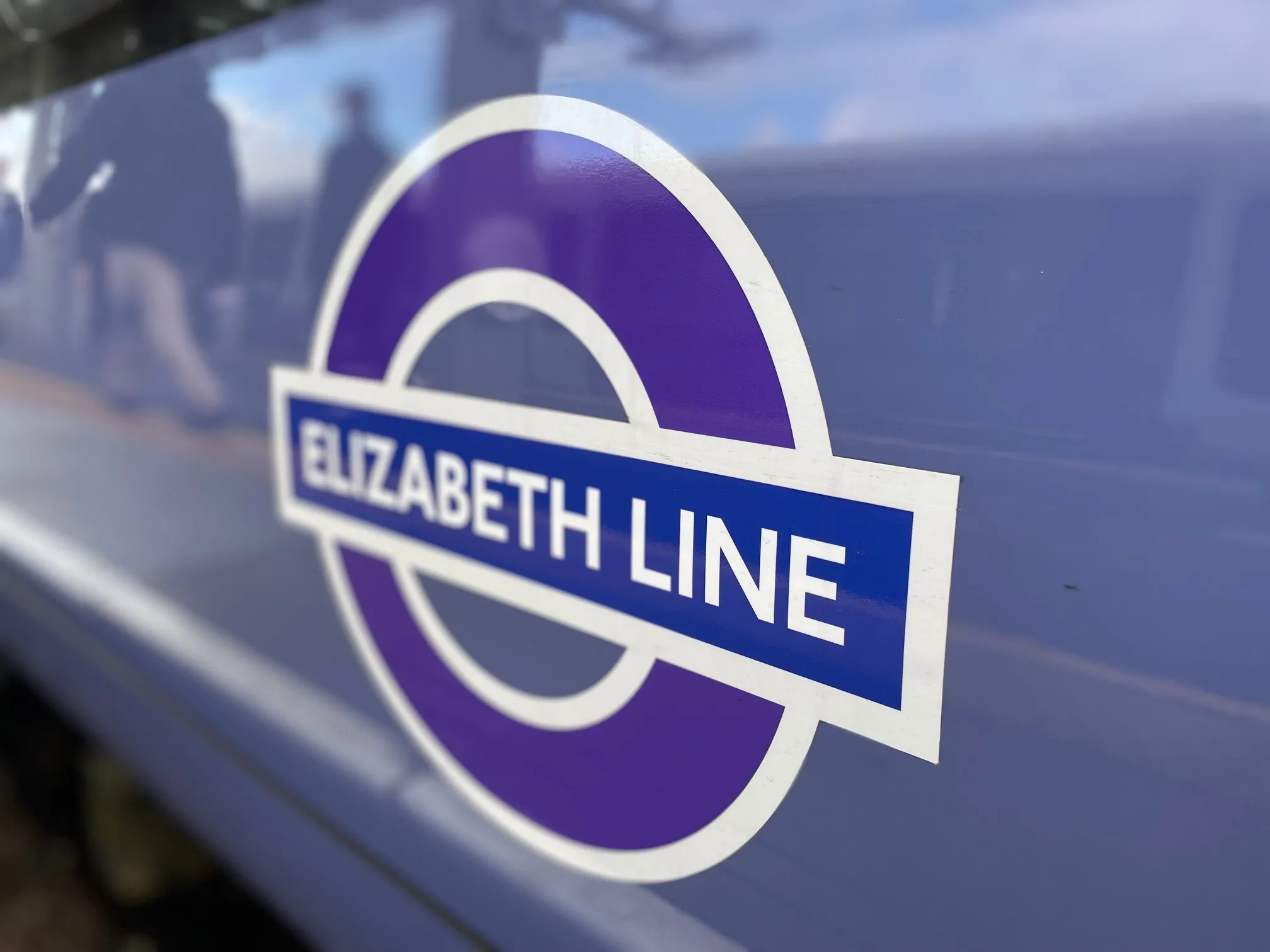The government in Buenos Aires, Argentina, has announced a proposed infrastructure investment of US$10.10 billion for 2014, to include expanding the city’s underground railway system and the acquisition of new equipment and trains, as well as expansion of the Metrobus public transport system and additional cycle lanes. New subway stations will also be constructed, while roads and pavements will be repaired and the downtown area will be pedestrianised.
October 31, 2013
Read time: 1 min
The government in Buenos Aires, Argentina, has announced a proposed infrastructure investment of US$10.10 billion for 2014, to include expanding the city’s underground railway system and the acquisition of new equipment and trains, as well as expansion of the Metrobus public transport system and additional cycle lanes. New subway stations will also be constructed, while roads and pavements will be repaired and the downtown area will be pedestrianised.









